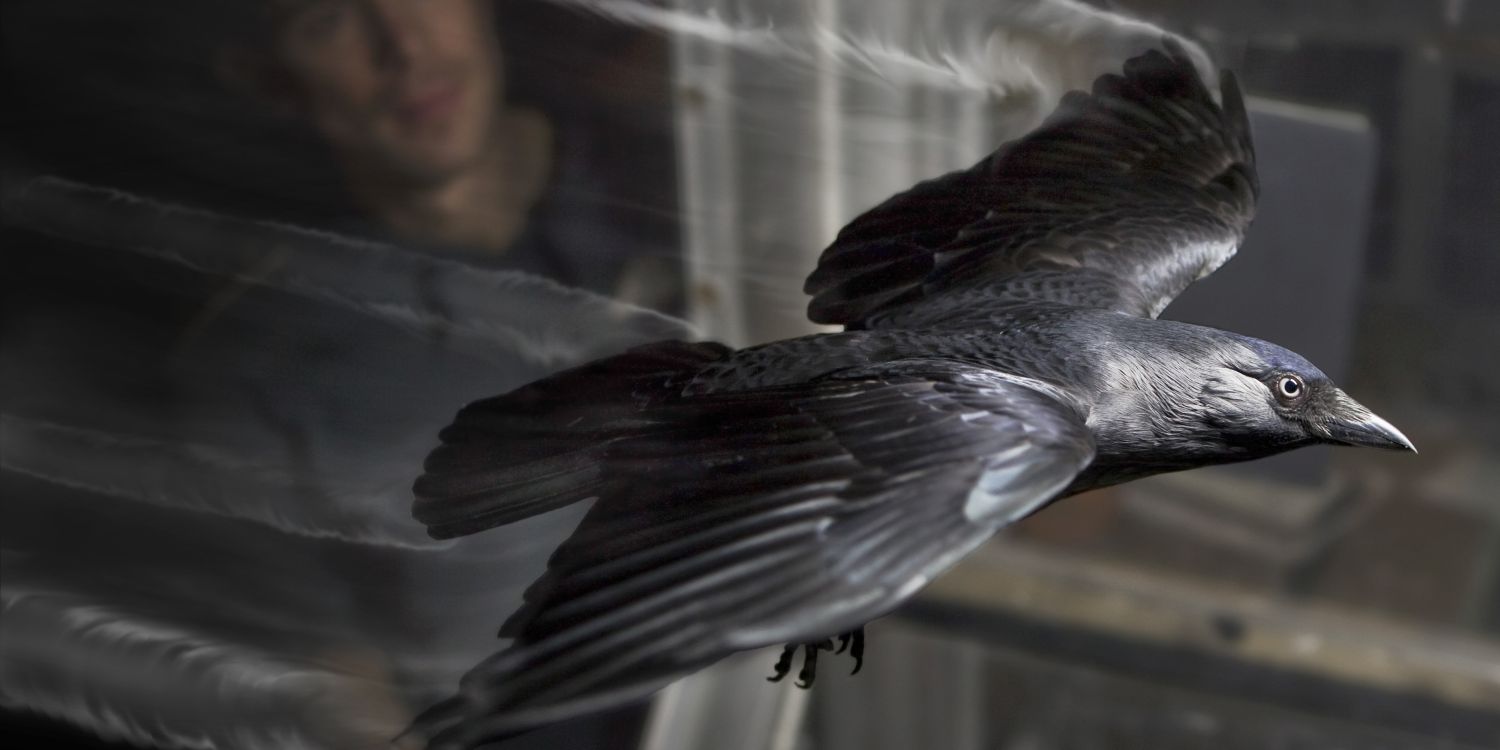Project grant 2020
Project:
“Multilevel efficiency of bird flight: Generating vortices to travel the world”
Principal investigator:
Professor Anders Hedenström
Lund University
Co-investigators:
Lund University
Christoffer Johansson
Susanne Åkesson
Grant in SEK:
22 900 000 over five years
Flying costs birds a great deal of energy, so it is extremely important that they use their energy as efficiently as possible. Hedenström gives the example of the non-stop journey made by a bar-tailed godwit (Limosa lapponica) from Alaska to New Zealand – a test of strength equivalent to a human running 1,200 marathons back-to-back, without stopping and without eating.
Developing new technology
To understand how birds manage such feats, the researchers are studying aerodynamics, wing movements, the efficiency with which they convert energy into movement, and whether the migration routes to their winter quarters are optimal.
“I’m hoping that our findings will fundamentally improve our understanding of how birds manage to fly to the other side of the world.” Hedenström says.
The researchers are using the very latest technology. Newly developed microdata logs can record acceleration, air pressure and position. They also intend to develop tailored datalogs capable of recording activity in the air, and the price paid by birds when they migrate, e.g. in the form of energy expended.
Developing theories
The new data obtained by the researchers will be used as a basis for developing a theory on optimal migration strategies in birds.
“This tool will also enable us to identify factors explaining why many migratory birds have declined in number, both in Europe and in North America. The aim is to improve our ability to predict changes in migration patterns as a result of climate change,” says Hedenström.
Text Lund University
Photo Bird Aron Hejdström
Portrait Astrid Hedenström

